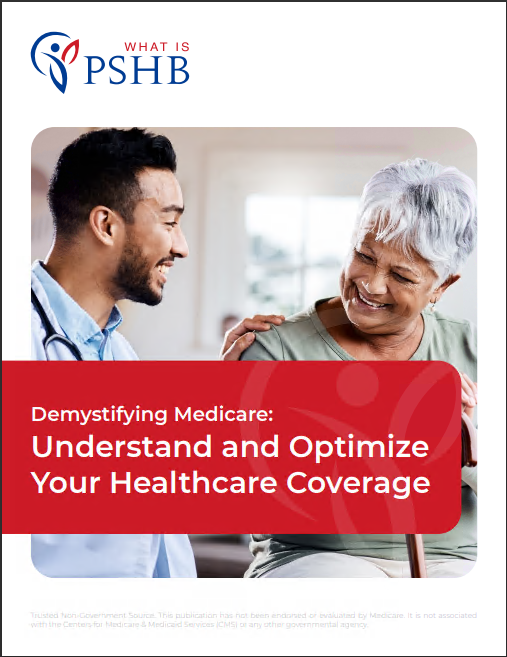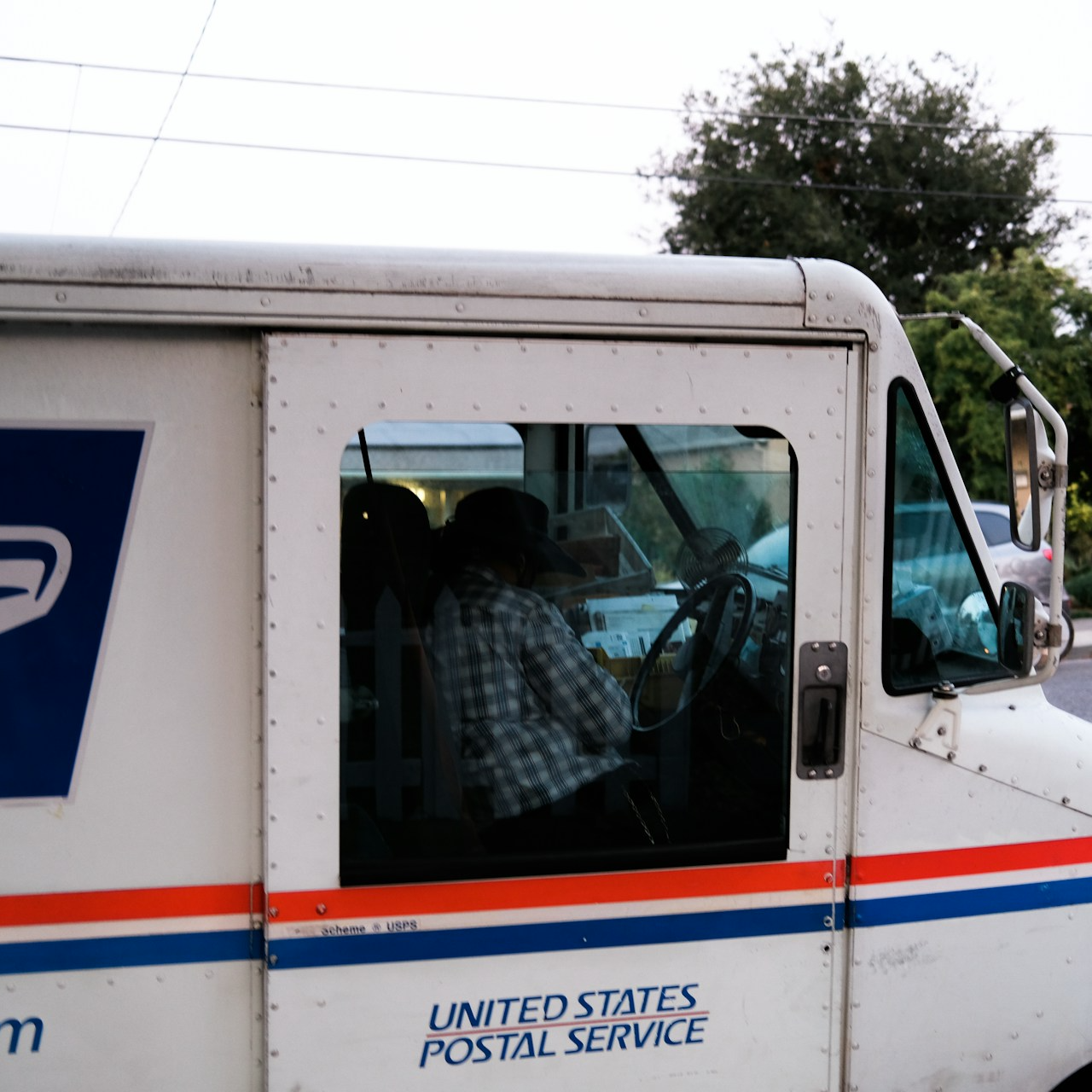Key Takeaways
- Coordinating Medicare with USPS employee benefits can optimize healthcare coverage and reduce out-of-pocket expenses for retirees.
- Understanding the enrollment process, coverage options, and how benefits from both sources work together is essential for comprehensive health management.
Coordinating Medicare and PSHB: Tips for Better Health Coverage
As a United States Postal Service (USPS) employee or retiree, managing your health coverage effectively is crucial for ensuring comprehensive care and minimizing out-of-pocket expenses. By coordinating Medicare with USPS employee benefits, you can maximize your healthcare coverage and take full advantage of the benefits available to you. This article provides essential tips on how to navigate the integration of Medicare with USPS health benefits for better health coverage.
Understanding Medicare and USPS Benefits
Medicare Overview
Medicare is a federal health insurance program primarily for individuals aged 65 and older, but it also covers certain younger individuals with disabilities. Medicare consists of four main parts:
- Medicare Part A (Hospital Insurance): Covers inpatient hospital stays, skilled nursing facility care, hospice care, and some home health care.
- Medicare Part B (Medical Insurance): Covers outpatient care, doctor visits, preventive services, and some home health care.
- Medicare Part C (Medicare Advantage): Private insurance plans that provide Part A and Part B benefits, often including additional services such as vision, dental, and wellness programs.
- Medicare Part D (Prescription Drug Coverage): Covers the cost of prescription medications.
USPS Health Benefits
The Postal Service Health Benefits (PSHB) Program offers health insurance options to USPS employees, retirees, and their families. The program includes various plans with different levels of coverage, such as:
- Fee-for-Service (FFS) Plans: Allow flexibility in choosing healthcare providers without referrals.
- Health Maintenance Organization (HMO) Plans: Require selecting a primary care physician and getting referrals for specialists.
- Preferred Provider Organization (PPO) Plans: Offer flexibility to see both in-network and out-of-network providers.
- Consumer-Driven Health Plans (CDHP) and High Deductible Health Plans (HDHP): Typically have higher deductibles but lower premiums, often paired with Health Savings Accounts (HSAs) or Health Reimbursement Arrangements (HRAs).
Coordinating Benefits for Comprehensive Coverage
Enrollment in Medicare
It is essential for USPS retirees to enroll in Medicare when they become eligible, usually at age 65, to avoid late enrollment penalties and ensure seamless coverage. Here’s how to approach Medicare enrollment:
- Medicare Part A and Part B: Most individuals qualify for premium-free Part A, but Part B requires a monthly premium. Enroll during your Initial Enrollment Period (IEP), which starts three months before you turn 65, includes the month you turn 65, and ends three months after.
- Medicare Part D: If you need prescription drug coverage, enroll in a Part D plan unless your PSHB plan includes prescription benefits.
Understanding Coordination of Benefits
When you retire and become eligible for Medicare, the coordination of benefits determines which insurer pays first. For USPS retirees, Medicare usually becomes the primary insurer, and the PSHB plan acts as secondary coverage. This coordination can significantly reduce out-of-pocket costs by covering expenses that Medicare does not fully pay for, such as copayments, coinsurance, and deductibles.
Maximizing Coverage with Medicare and PSHB
-
Review Plan Options Annually: During the PSHB Open Season (typically in the fall) and Medicare’s Open Enrollment Period (October 15 – December 7), review your plan options. Ensure that your current plans meet your healthcare needs and budget.
-
Consider Medicare Advantage (Part C): Medicare Advantage plans often offer additional benefits not covered by Original Medicare, such as vision, dental, and wellness programs. These plans can provide more comprehensive coverage, especially if they include prescription drug coverage, reducing the need for a separate Part D plan.
-
Evaluate Medigap Plans: If you prefer Original Medicare, consider purchasing a Medigap (Medicare Supplement Insurance) plan. Medigap plans help cover out-of-pocket costs not covered by Medicare, such as copayments, coinsurance, and deductibles. This can be particularly beneficial if you frequently need medical care or have chronic conditions.
-
Utilize Preventive Services: Both Medicare and the PSHB Program offer preventive services at no additional cost. These services include screenings, vaccinations, and annual wellness visits, which are crucial for early detection and management of health conditions.
-
Coordinate Care: Inform your healthcare providers about your coverage under both Medicare and the PSHB Program to ensure they bill the correct insurer first. Proper coordination can prevent billing errors and ensure that you receive the maximum benefits from both plans.
-
Use Telehealth Services: Many Medicare Advantage plans and PSHB plans offer telehealth services, which provide access to medical consultations via phone or video. This is especially useful for routine check-ups, follow-up visits, and managing chronic conditions without needing to travel to a healthcare facility.
Managing Costs
-
Medicare Savings Programs: If you have limited income and resources, you may qualify for Medicare Savings Programs, which help pay for Medicare premiums, deductibles, and coinsurance. These programs can provide significant financial relief for eligible individuals.
-
Extra Help for Prescription Drugs: The Low-Income Subsidy (LIS), also known as Extra Help, assists with Medicare Part D prescription drug costs for those with limited income. It helps cover premiums, deductibles, and copayments, ensuring that you can afford necessary medications.
-
Health Savings Accounts (HSAs): If you have an HDHP paired with an HSA, continue contributing to your HSA to save for medical expenses. HSAs offer tax advantages and can be used to pay for qualified medical expenses, including those not covered by Medicare.
Seeking Professional Guidance
Navigating the complexities of Medicare and USPS benefits can be challenging. Consider seeking advice from licensed insurance agents, benefits advisors, or financial planners who specialize in Medicare and retirement planning. These professionals can provide personalized guidance, help you compare plans, and ensure that you make informed decisions about your healthcare coverage.
Staying Informed and Proactive
To make the most of your healthcare benefits, it is crucial to stay informed about changes in Medicare and the PSHB Program. Regularly review your benefits, stay updated on policy changes, and proactively manage your healthcare needs. Here are some tips to help you stay informed:
- Regularly Check Official Websites: Visit the official Medicare website (medicare.gov) and the USPS benefits website for the latest information on coverage, plan options, and enrollment periods.
- Attend Information Sessions: Participate in informational webinars or sessions offered by USPS or Medicare to stay updated on your benefits and any changes.
- Read the Annual “Medicare & You” Handbook: This handbook provides detailed information about Medicare benefits, coverage options, and updates for the upcoming year.
Navigating Your Healthcare Journey
Coordinating Medicare with USPS employee benefits can optimize your healthcare coverage and reduce out-of-pocket expenses. By understanding the enrollment process, coverage options, and how benefits from both sources work together, you can ensure comprehensive health management. Regularly reviewing and updating your healthcare plan, utilizing preventive services, and seeking professional advice are key steps in navigating your healthcare journey effectively.
Contact Information:
Email: [email protected]
Phone: 5125552345








